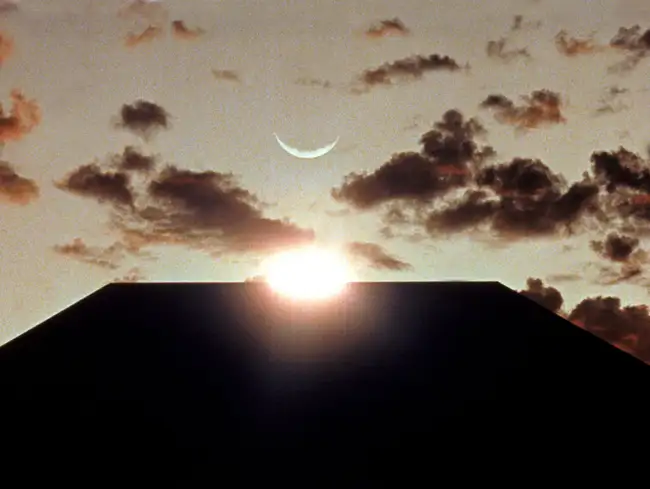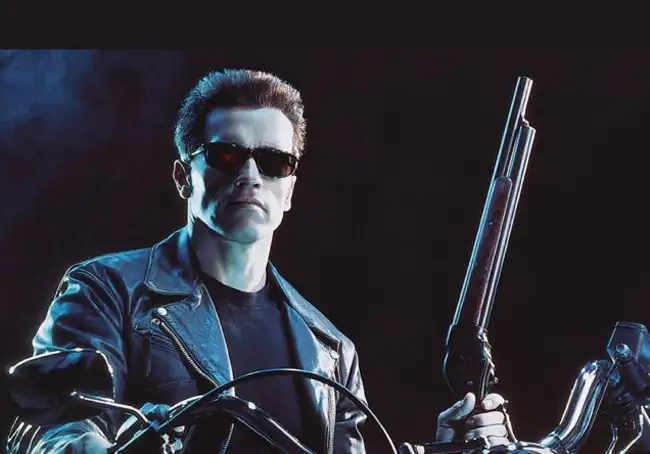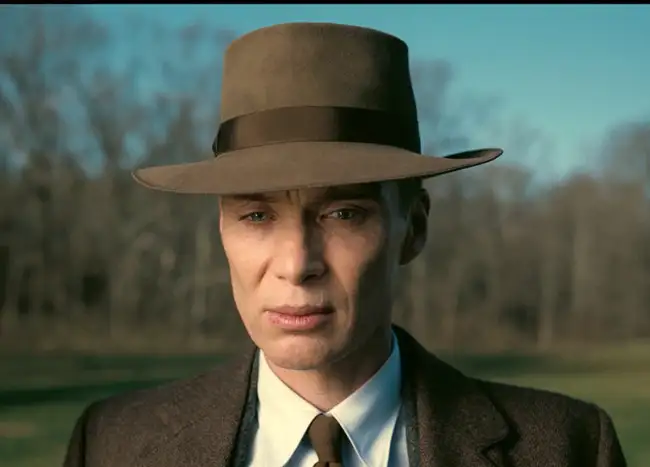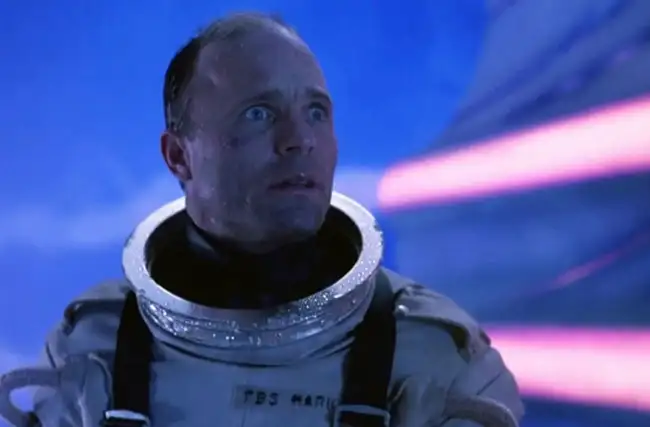LELB Society: A Bilingual Academy of English & Persian › Forums › Film Criticism Course Forum to Practice English & Persian › 2001 A Space Odyssey Explained in Film Criticism Course
Tagged: adventure, artificial intelligence, drama, horror, sci-fi, science, space, technology
- This topic has 3 replies, 3 voices, and was last updated 1 year ago by
 Soroosh Houshmand.
Soroosh Houshmand.
- AuthorPosts
- April 10, 2023 at 10:04 am #116213
 Dr. Mohammad Hossein Hariri AslKeymaster
Dr. Mohammad Hossein Hariri AslKeymaster2001 A Space Odyssey explained in Film Criticism Course forum for advanced ESL students to watch and enjoy great English movies every week. Join our students and immerse yourself in English with excellent movies.
2001 A Space Odyssey explained
2001: A Space Odyssey is a 1968 epic science fiction film produced and directed by Stanley Kubrick. The screenplay was written by Kubrick and science fiction author Arthur C. Clarke, and was inspired by Clarke’s 1951 short story “The Sentinel” and other short stories by Clarke. Clarke also published a novelisation of the film, in part written concurrently with the screenplay, after the film’s release. The film stars Keir Dullea, Gary Lockwood, William Sylvester, and Douglas Rain, and follows a voyage by astronauts, scientists and the sentient supercomputer HAL to Jupiter to investigate an alien monolith.
Source: https://en.wikipedia.org/
2001 A Space Odyssey movie trailer
If you cannot see the embedded video below, click here to watch 2001 A Space Odyssey movie trailer directly.
2001 A Space Odyssey explained
2001: A Space Odyssey, directed by Stanley Kubrick, is a sci-fi film, a thriller, an interpersonal drama, an origin narrative, and a horror story. The dichotomies at play in the film are varied: between human and machine, human and space, human and human, and the self and the self. For over half a century, Kubrick’s film has been discussed, explored, and a frequent subject of conversation for cinephiles.
2001: A Space Odyssey opens with a group of apes four million years ago as they discover weaponry in the form of a bone, and through this new tool, seem to discover competition and violence. In these early sequences, a monolith appears, an ominous, large structure, which confounds the apes.
After this opening with the apes, the film jumps forward in time to a group of astronauts who are sent to investigate a monolith that has been found in space. The computer system, HAL, guiding the spaceship, turns against the astronauts. HAL is successful at killing off most of the team, but astronaut Dr. David Bowman (Keir Dullea) survives and disconnects HAL to take control of the ship from the A.I.
Source: https://collider.com/
- April 10, 2023 at 11:39 am #116222
 Armaghan HoushmandMember
Armaghan HoushmandMemberThat was one of the best sci-fi movies that I have ever seen. Although the ending and the whole plot was hard to get for me, it didn’t decrease my interest for the movie.
The fact that the movie was made in the year 1968 is fascinating. I was questioning myself the whole time watching it that how did they make this at that year?
I also want the mention that the music made it 10 times better and creepier for me. - April 12, 2023 at 8:57 pm #116271
 Dr. Mohammad Hossein Hariri AslKeymaster
Dr. Mohammad Hossein Hariri AslKeymasterAfter more than 5 decades from the release of this Stanley Kubrick’s masterpiece, there’s still much room for analysis and positive criticism. This is largely because the story or screenplay is so ahead of its time.
In the first section, and in the 3 subsequent ones, the monolith is the key to evolution and civilization. This evolution goes on until the protagonist becomes invincible.
I should also point it out that the classical music of the film was a wise selection as it’s created a deep and great ambience in the film. After 2001: A Space Odyssey, this classical music has been the prototype of almost all moving pictures about space.
- April 16, 2023 at 6:09 pm #116326
 Soroosh HoushmandMember
Soroosh HoushmandMemberI didn’t actually like actually very much but I give it 7 .
I
- AuthorPosts
- You must be logged in to reply to this topic.



